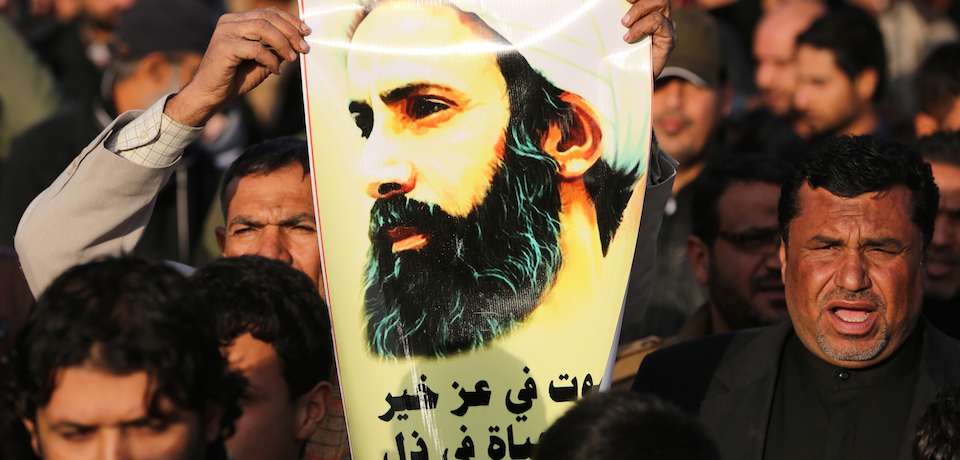Saudi news outlets have referred to the recently executed Saudi activist Sheikh Nimr al-Nimr as a pro-Iranian terrorist, a Muslim extremist, and a Hezbollah leader; meanwhile, international commentators have painted al-Nimr as an opposition leader, activist, and prominent religious figure. To provide a better understanding of Sheikh Nimr, Toby Matthiesen offers an in-depth account of al-Nimr’s past, arguing that the Saudi government purposefully and wrongfully cast Sheikh Nimr as a Shia militant in order to legitimize his execution. In reality, Matthiesen says, Sheikh Nimr was an “outspoken revolutionary” who called for peaceful protests.
Matthiesen combats the Saudi government’s narrative by providing a detailed history of Sheikh Nimr’s religious and political activism. He delves into al-Nimr’s complex political past, asserting that al-Nimr’s stance “was always more complicated than both Iranian and Saudi leaders have claimed,” and that al-Nimr had more in common with Arab Spring revolutionaries than with those executed alongside him. Regardless of al-Nimr’s political beliefs, Matthiesen suggests that Saudi Arabia’s decision to execute al-Nimr was a “calculated attempt by Saudi Arabia to heighten sectarian tensions” at home and abroad.





